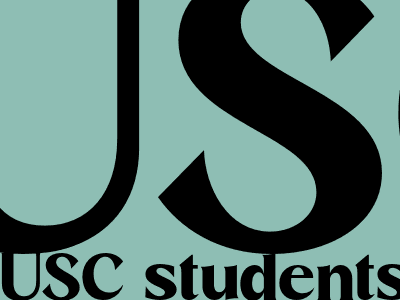
USC students set world record with high-flying rocket launch (video)
Global launch campaign surpasses previous altitude records
A team of University of Southern California (USC) students broke the world record for the highest-flying student-built rocket at the Spaceport America Cup competition in New Mexico on June 21, 2023. Their rocket, named "Hyperion," reached an altitude of 100,311 feet (30,524 meters), eclipsing the previous record of 84,376 feet (25,670 meters) set by a team from the University of Maryland in 2018.
A product of collaboration and teamwork
The USC team, composed of 25 undergraduate and graduate students, spent over a year designing, building, and testing Hyperion. The rocket's unique design featured a hybrid propulsion system that used both solid and liquid propellants, providing greater efficiency and control. The team also utilized advanced telemetry systems to monitor the rocket's performance in real-time, allowing for precise adjustments during the launch.
Recognizing the achievement
The team's accomplishment was recognized by NASA, which awarded them the "Best Overall Design" award at the competition. The team's faculty advisor, Professor of Aerospace and Mechanical Engineering Sarah Giddings, praised their dedication and hard work. "This is an incredible achievement for our students," said Giddings. "It demonstrates their passion for space exploration and their ability to overcome complex engineering challenges."
Future endeavors
The USC team plans to continue developing and refining their rocket design, aiming to push the boundaries of student-built rocketry even further. Their ultimate goal is to participate in the prestigious SpaceX Hyperloop Pod Competition, a global competition to design and build the fastest pod that can travel through a vacuum tube.
Conclusion
The USC students' world record-breaking achievement is a testament to their ingenuity, perseverance, and commitment to space exploration. Their success not only sets a new benchmark for student-built rocketry but also inspires future generations of engineers and scientists to pursue their dreams and push the boundaries of human knowledge.